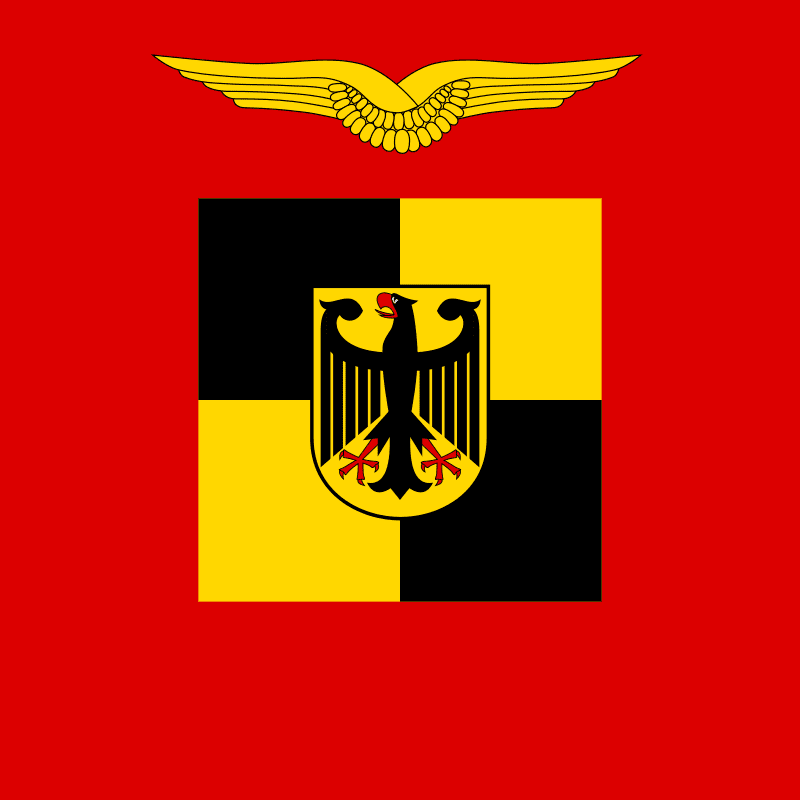
Berlin, Germany – The German Air Force, known as the Luftwaffe, stands at a critical juncture in 2025. Responsible for protecting German airspace and fulfilling key NATO commitments, the force is in the midst of a major overhaul. The new geopolitical landscape in Europe, created by Russia’s aggressive foreign policy, is forcing Germany to modernize the Luftwaffe. Germany knows it cannot face America’s treacherous friendship and the growing threat from Russia with outdated jets. Will the Luftwaffe complete this development and contribute to European security as a modern air force, or will it become a black hole that sucks up Germany’s budget? We can start by examining the current state of Germany’s air power.
Current Strength & Key Aircraft
On paper, the Luftwaffe has a modern and capable, but not extensive, fleet. As of 2025, the force operates around 380 aircraft. The number of aircraft is quite low for a country with political and geopolitical influence on the scale of Germany. The fact that the aircraft are new and in good condition will not be enough against a large enemy like Russia. The backbone of the combat force is the Eurofighter Typhoon, an extremely agile and sophisticated multi-role fighter, of which Germany is a key partner.
Alongside the Eurofighter is the venerable Panavia Tornado. Although this aircraft dates back to the Cold War era, it is still capable of operating effectively and fighting with various upgrades. However, its age is showing and it is planned to be phased out. Decision-makers may reconsider. As for the transport fleet, this is the most positive point. German commanders gather transport fleet around A400M Atlas. Not content with this, Germany continues to receive new deliveries to strengthen its strategic airlift capabilities.
Modernization: A New Era for the Luftwaffe
The most significant development for the Luftwaffe is the large-scale modernization funded by a €100 billion special fund. This initiative aims to address critical capability gaps and prepare the force for future threats.
A cornerstone of this modernization is the acquisition of 35 Lockheed Martin F-35A Lightning II fighter jets. The first deliveries are anticipated in 2026, with the aircraft designated to replace the Tornado fleet in its vital nuclear sharing role within NATO. The F-35’s advanced stealth and sensor capabilities will represent a quantum leap for the Luftwaffe. Furthermore, Germany is procuring additional Eurofighter Typhoons under “Project Quadriga” to ensure the fighter fleet remains robust.
Weaknesses and Challenges
Yes, the plans are ambitious. But the Luftwaffe will face significant challenges. In the past, German politicians have consistently ignored reports written by the army. These reports said that readiness levels were very problematic across the army. Spare parts shortages, logistical bottlenecks and maintenance delays screamed that the Luftwaffe would not be able to act when war came knocking.
Another pressing issue is a shortage of personnel. The entire German military (Bundeswehr) is struggling to recruit and retain soldiers, and the high-tech air force is no exception. This impacts everything from pilot training to ground crew availability. While funding can procure new hardware, building a skilled and sufficient workforce takes years.
The Luftwaffe’s Role in NATO and European Defense
The German Air Force is a cornerstone of NATO’s collective defense posture in Central Europe. Its primary roles include:
- Air Policing: Luftwaffe Eurofighters regularly participate in NATO’s Baltic and Icelandic Air Policing missions, scrambling to intercept unidentified aircraft near Allied airspace.
- Nuclear Sharing: The German commitment to host and, if necessary, deliver U.S. nuclear weapons is a key element of the Alliance’s deterrent strategy. Commanders specifically selected the F-35 to carry out this mission.
- Collective Defense: In the event of a conflict, the Luftwaffe would be integral to establishing air superiority and supporting ground forces on NATO’s eastern flank.
The Luftwaffe as a Power with Potential
We cannot say that the German Air Force is weak. However, we can say that it is a force that works under pressure. The newly implemented high-budget modernization program is promising. Its high-quality basic equipment such as the Eurofighter, combined with its experienced and well-trained pilots, creates a formidable force. The F-35 procurement will be the cherry on top of the cake.
However, the fact that it has not seen combat for a long time and personnel shortages prevent this beast from operating at full capacity. How effective the budget allocated after the Russian threat became visible is a matter of debate. Funding is important, but will they be able to turn this funding into a fighting force? We will see. The transition from Tornado to F-35… The Luftwaffe is making a film that will be watched with excitement in the changing landscape of European security. We will continue to watch.





